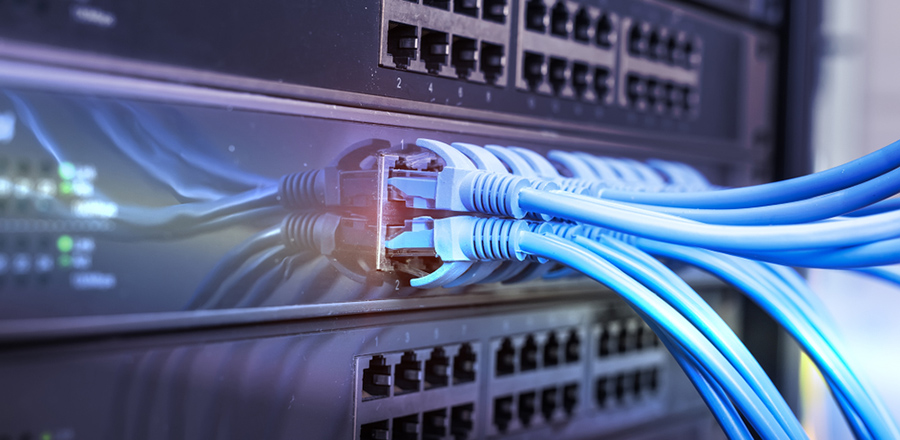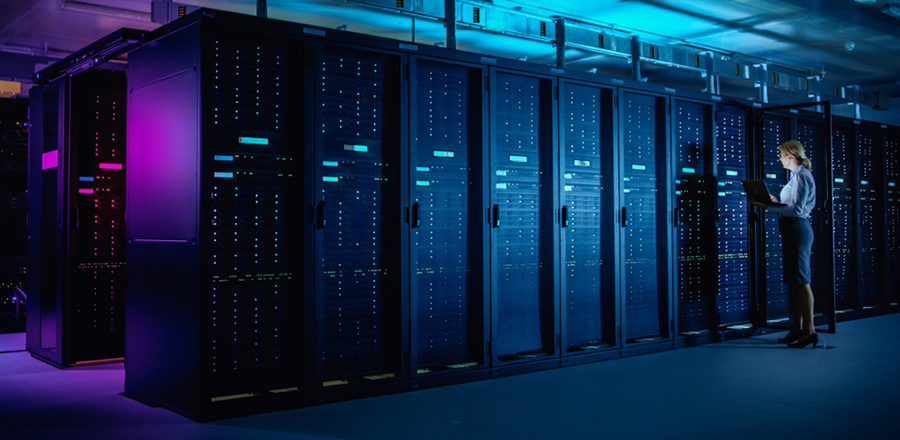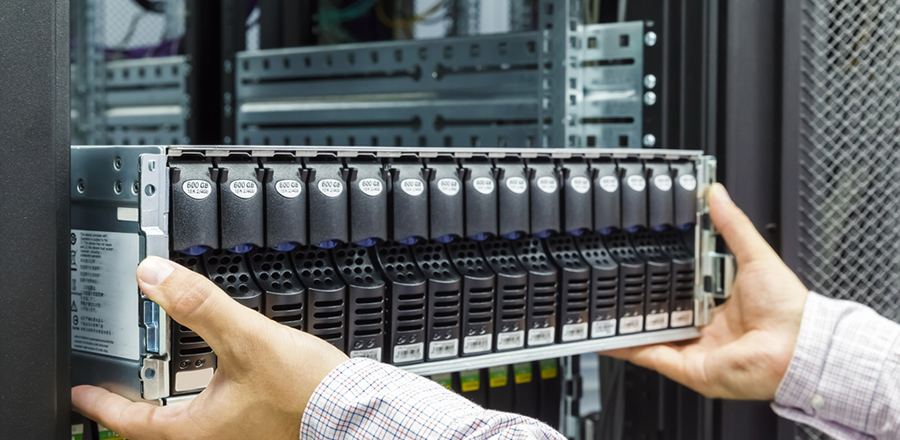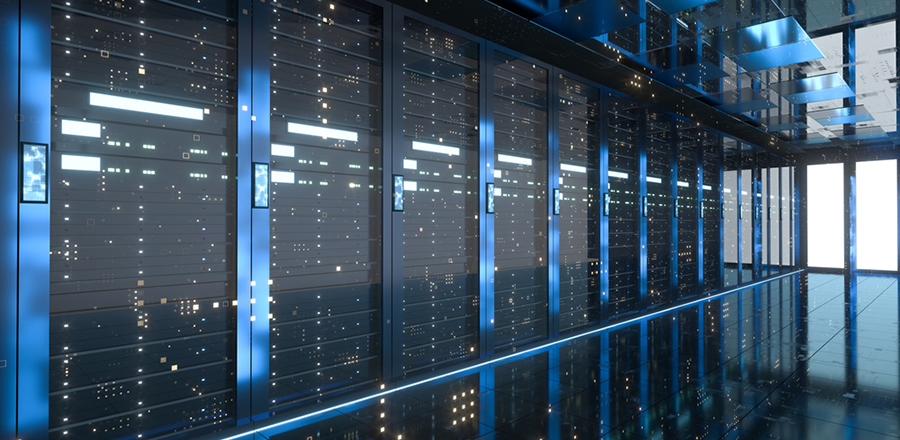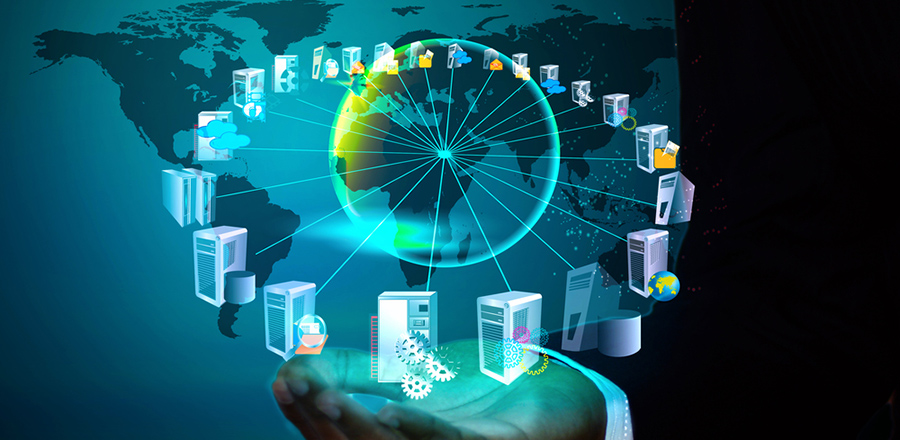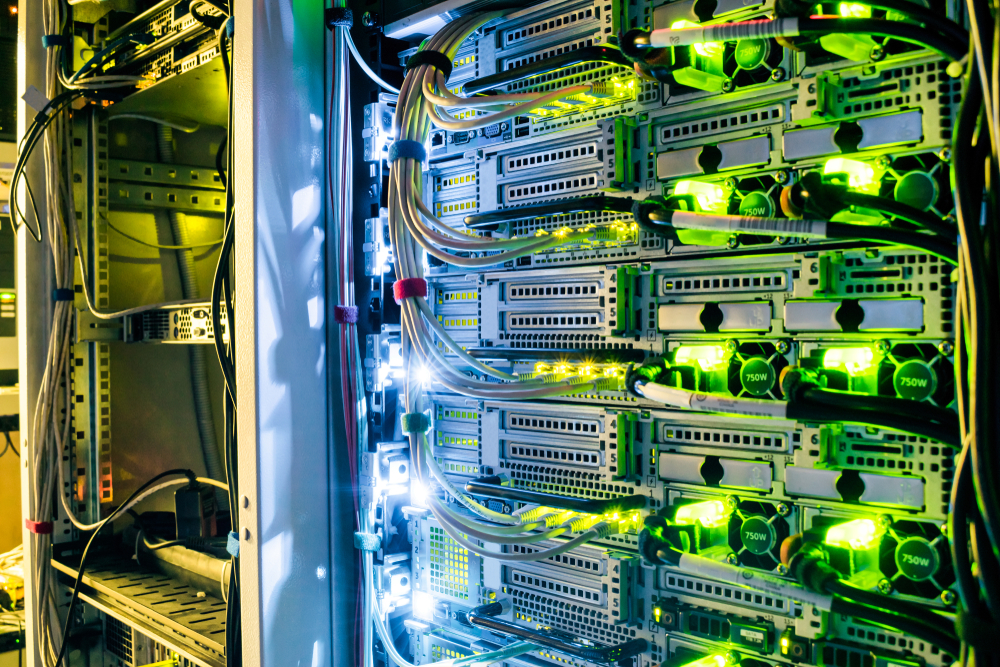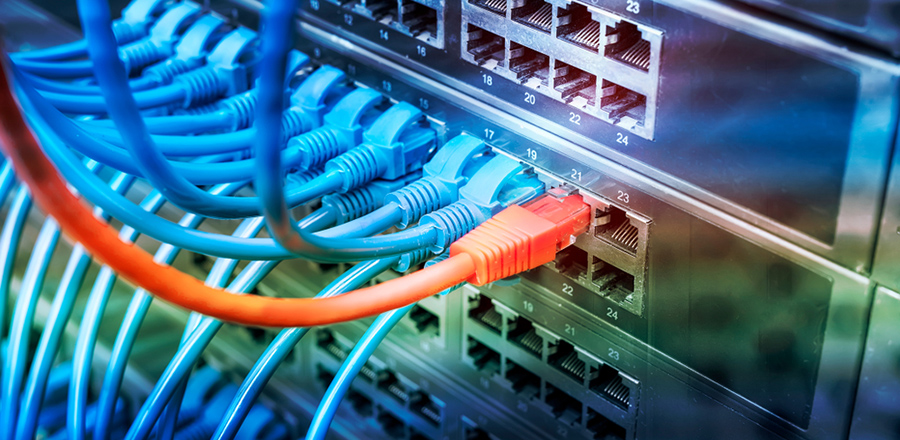Frequently Asked Questions
- How to Get Email Leads
-
 Introduction: - It is possible to change Facebook Fans into paying customers. It would be best to do it in inhabits immeasurably different from customary advancing. ..
Introduction: - It is possible to change Facebook Fans into paying customers. It would be best to do it in inhabits immeasurably different from customary advancing. ..
-
- Lead Generation Benefits
-
 Introduction ..
Introduction ..
-
- Sales pipeline definition
-
 Introduction - ..
Introduction - ..
-
- Marketing Process Definition
-
 A marketing process definition explains the purpose of a marketing business plan that helps you define the objectives and targets you want to achieve. The 5 Cs..
A marketing process definition explains the purpose of a marketing business plan that helps you define the objectives and targets you want to achieve. The 5 Cs..
-
- What is Lead Generation Campaign
-
 A lead generation campaign is a marketing campaign that focuses on collecting leads. It does not have to be done through traditional ways like cold calling or..
A lead generation campaign is a marketing campaign that focuses on collecting leads. It does not have to be done through traditional ways like cold calling or..
-
- What is Online Lead Generation
-
 Online lead generation is based on methodologies to draw interest and get business development conversions for growth. One can deploy several online tactics to..
Online lead generation is based on methodologies to draw interest and get business development conversions for growth. One can deploy several online tactics to..
-
- What is a Lead Generation Website
-
 Introduction:In the present era of digitalization, every company or business person launches a website. The motto of launching a website is to promote the..
Introduction:In the present era of digitalization, every company or business person launches a website. The motto of launching a website is to promote the..
-
Related Terminology Explained
- SEO Lead Generation Services
-
 Introduction: - SEO Lead Generation is a crucial factor and a matter of great importance, especially for dealers and their prospective enterprises. Increased SEO..
Introduction: - SEO Lead Generation is a crucial factor and a matter of great importance, especially for dealers and their prospective enterprises. Increased SEO..
-
- What Does Mean Lead Generation Marketing?
-
 Introduction: - Not every company follows the same procedure for lead generation marketing. It depends on the main objective and end goals of your organization. The..
Introduction: - Not every company follows the same procedure for lead generation marketing. It depends on the main objective and end goals of your organization. The..
-
- Pre-qualified Investor Leads
-
 The Beginning: - Pre-qualified Investor Leads - We know more or less about the term lead generation, why it is essential, and its various usefulness. But the world..
The Beginning: - Pre-qualified Investor Leads - We know more or less about the term lead generation, why it is essential, and its various usefulness. But the world..
-
- Stock Investor Leads
-
 Stock Investor Leads - A stock market is considered one of the pillars of a nation's economy. The stock market is the place people use to sell or exchange stocks..
Stock Investor Leads - A stock market is considered one of the pillars of a nation's economy. The stock market is the place people use to sell or exchange stocks..
-
- Penny Stock Investor Leads
-
 The Beginning: - We live in an era where new things are happening rapidly from our place to the business sector. Penny Stock Leads are such kinds of things that can..
The Beginning: - We live in an era where new things are happening rapidly from our place to the business sector. Penny Stock Leads are such kinds of things that can..
-
- Free Investor Leads
-
 Here, you can get high-quality investor leads from Mont Digital Company. Our company provides the best quality investor leads, stock investor leads, property leads,..
Here, you can get high-quality investor leads from Mont Digital Company. Our company provides the best quality investor leads, stock investor leads, property leads,..
-
- Accredited Investor Leads
-
 Introduction- Land brokers must develop a lively conduit of accredited real estate investor leads. You may have a large number of clients when you have low interest..
Introduction- Land brokers must develop a lively conduit of accredited real estate investor leads. You may have a large number of clients when you have low interest..
-
Why Choose Us
Choose us because we are different, and we have proved it!

We're Experienced
Working with several different Business big and small , you can benefit from our decades of collective experience.

We Listen
We like to get to know our clients and their business properly, so we can determine the best way forward.

We're Results Driven
We believe in action and making the difference that would enhance the flow of your business.

We're Selective
We only say Yes where we know real value can be added and make a significant positive difference.

✘

Enrich The Experience




